Tuberculosis (TB) is an infectious disease usually caused by Mycobacterium tuberculosis (MTB) bacteria.[1] Tuberculosis generally affects the lungs, but can also affect other parts of the body.[1] Most infections show no symptoms, in which case it is known as latent tuberculosis.[1] About 10% of latent infections progress to active disease which, if left untreated, kills about half of those affected.[1] The classic symptoms of active TB are a chronic cough with blood-containing mucus, fever, night sweats, and weight loss.[1] It was historically called consumption due to the weight loss.[8] Infection of other organs can cause a wide range of symptoms.[9] Tuberculosis is spread from one person to the next through the air when people who have active TB in their lungs cough, spit, speak, or sneeze.[1][10] People with latent TB do not spread the disease.[1] Active infection occurs more often in people with HIV/AIDS and in those who smoke.[1] Diagnosis of active TB is based on chest X-rays, as well as microscopic examination and culture of body fluids.[11] Diagnosis of latent TB relies on the tuberculin skin test (TST) or blood tests.[11] Prevention of TB involves screening those at high risk, early detection and treatment of cases, and vaccination with the bacillus Calmette-Guérin (BCG) vaccine.[3][4][5] Those at high risk include household, workplace, and social contacts of people with active TB.[4] Treatment requires the use of multiple antibiotics over a long period of time.[1] Antibiotic resistance is a growing problem with increasing rates of multiple drug-resistant tuberculosis (MDR-TB) and extensively drug-resistant tuberculosis (XDR-TB).[1]
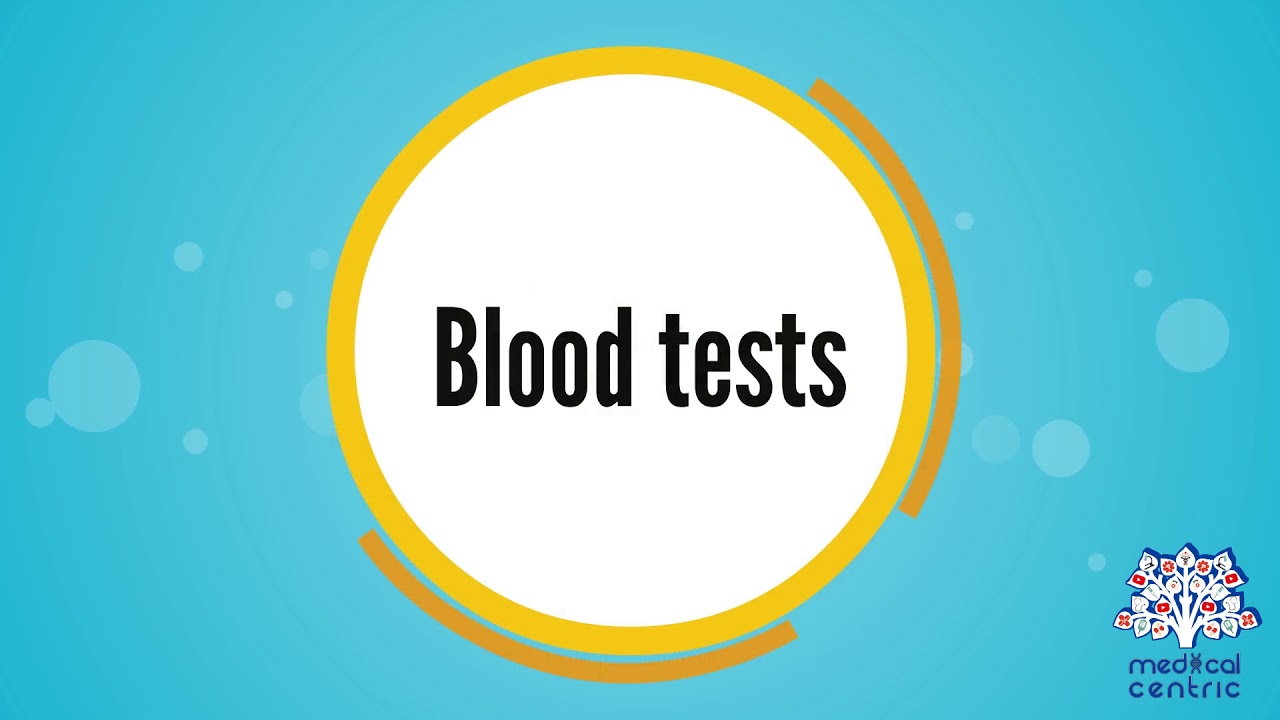
Tuberculosis, Causes, Signs and Symptoms, Diagnosis and Treatment.
- Post author:admin
- Post published:October 7, 2021
- Post comments:0 Comments
You Might Also Like

Healthy Fat Loss Diets – Low-Cholesterol Diet Nutrition Facts

Abscess – Causes, Treatments & More…

Rear Deltoid-10

What Is The Best Type Of Drinking Water? – Dr. Doug Graham

Jay Cutler’s Training Tips: Dumbbell Shoulder Press Technique

Why do some people go bald? – Sarthak Sinha

What is Creatine? Should You Be Taking This Supplement?

Behavioral Psychology Video – 3
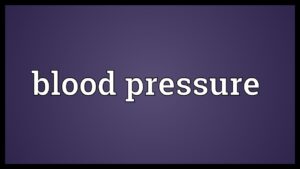
Blood pressure Meaning

What is diabetes?
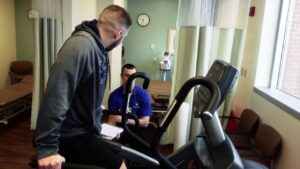
Physiotherapy in Rehabilitation Video – 3

World’s best pre workout protein shake

Drink One Glass Of Beet Juice Daily And This Will Happen To Your Body

How to Boost Metabolism and Lose Weight Without Dieting

How do vitamins work? – Ginnie Trinh Nguyen

Kettlebell Upright Rows For Big Shoulders and Burning Fat – Workout Tip

World’s Best Fish Oil Supplement – Omega 3 at CHEMIST SHOP | Cheapest | Guaranteed Results

Best Pre And Post Workout Nutrition Approach?

Preacher Curl for Bicep Mass

Men’s Standards Of Beauty Around The World

CBC Machine Maintenance

Lat Pull Down-12

Uterus and ovaries (preview) – Human Anatomy | Kenhub

Endocrinology – Gynecomastia: By Adam Millar M.D.

how muscles grow

Fat Loss, Weight Loss Video – 15

Dietary Reference Intake
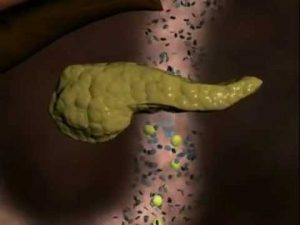
Insulin and glucagon

Testosterone & Androgenic Effects Video – 42

How Typhoid Fever Affects the Body — The Doctors

Lat Pull Down-7
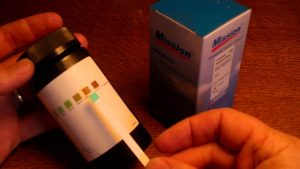
How to test for Diabetes Type 2 -a quick urine test for diabetes

Leg Curl-3

Teen gets tummy tuck to remove ‘hang’
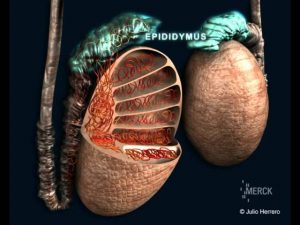
THE MALE REPRODUCTIVE SYSTEM

Overweight World – Obesity Facts and Statistics
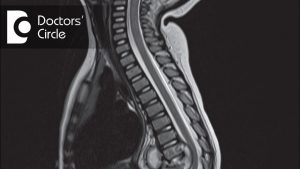
When will the pain due to Spinal TB subside if ESR has reduced? – Dr. Mohan M R

How to Bench Press WITHOUT Pain – Reverse Grip Bench!!
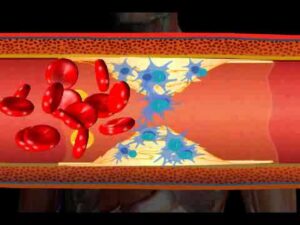
Understanding Cholesterol and its Effects

Lying Barbell Triceps Extension.wmv

